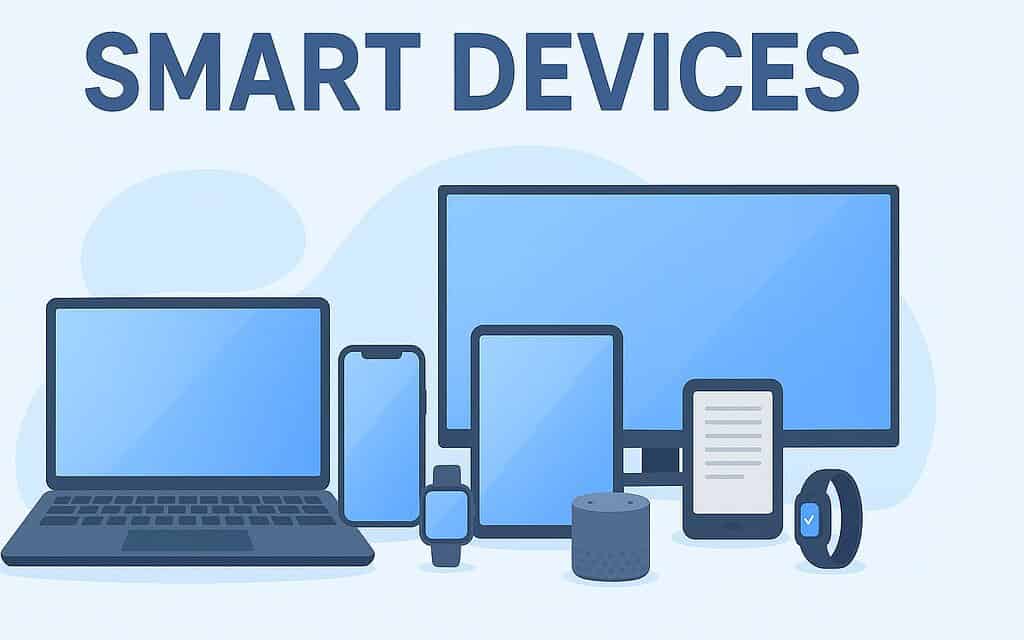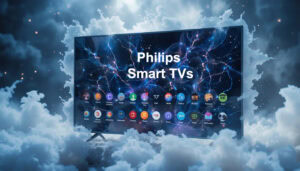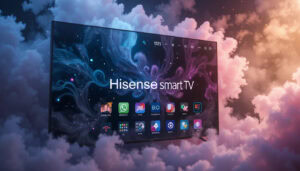Table of Contents
Introduction: The Smart Device Revolution in Modern Life
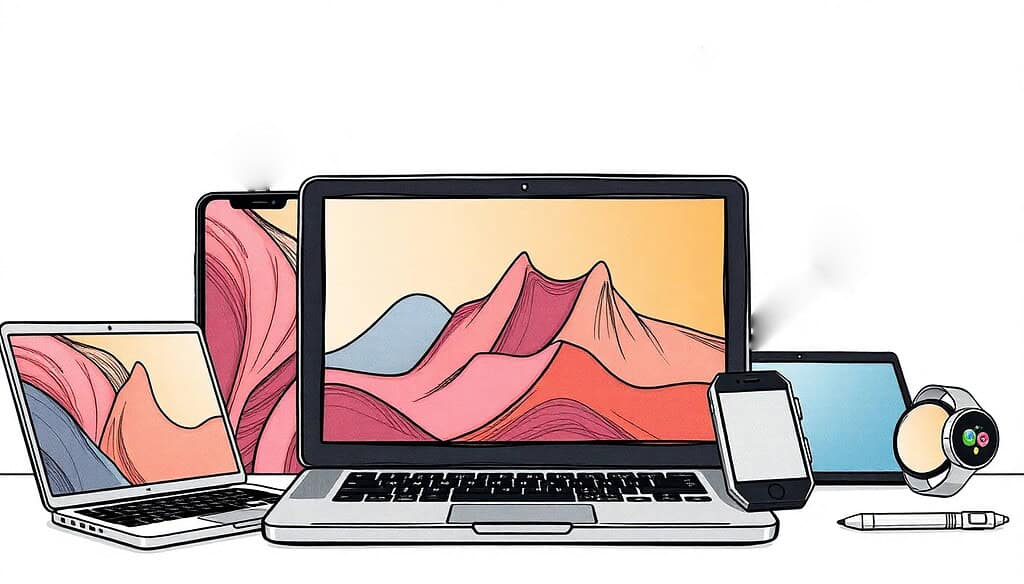
Smart devices have subtly integrated themselves into the very essence of everyday life. These connected companions transform mundane tasks into seamless experiences. From the moment we wake until we rest our heads each evening, intelligent technology guides our steps through work, entertainment, and personal wellness.
The transformation feels almost magical sometimes. Where once we juggled separate tools for communication, creativity, and entertainment, today’s smart devices merge these functions into elegant solutions. They anticipate our needs, adapt to our preferences, and connect us to vast networks of information and people.
This revolution stems from humanity’s endless quest to make life more convenient and meaningful. The numbers tell a compelling story about how quickly we’ve embraced these digital helpers.
Table 1: Smart Device Market Growth and Adoption Statistics
| Category | 2023 Value | 2024 Value | Projected 2030 |
|---|---|---|---|
| Global Smart Device Market | $830.05 billion | Growing at 7.2% CAGR | $2.05 trillion |
| US Smart Home Households | 63.43 million | 69.91 million | Expected continued growth |
| Global Smart Home Market | $121.36 billion | Growing at 19.4% CAGR | $462.94 billion |
| Smart Home Products Market | – | $103.61 billion | $306.32 billion |
The journey from simple electronics to smart companions mirrors broader technology adoption patterns. Early innovators embraced these devices when they were clunky and expensive. As the technology matured and prices dropped, mainstream consumers discovered their benefits. Now we’re witnessing the late majority phase, where smart devices become as common as traditional appliances once were.
This widespread acceptance reflects more than just technological progress. It signifies a crucial transformation in the way we engage with our surroundings and organize our everyday activities.
1. Smartphone – The All-in-One Smart Device

The smartphone stands as perhaps humanity’s most successful convergent technology. This compact wonder integrates the capabilities of numerous individual smart devices into a single elegant unit. Photography, navigation, banking, entertainment, communication, and productivity tools coexist seamlessly within its digital confines.
Convergence Theory explains this phenomenon perfectly. When multiple technologies merge into a single device, users experience unprecedented convenience. The smartphone eliminates the need to carry cameras, maps, wallets, music players, and countless other tools. This consolidation doesn’t just save space; it creates new possibilities for how these functions work together.
The Technology Adoption Life Cycle clearly shows in smartphone penetration rates. Early adopters embraced these devices despite high costs and limited functionality. As improvements arrived and prices fell, the early majority jumped aboard. Today, smartphones have achieved nearly universal adoption in developed markets.
Table 2: Smartphone Adoption and Usage Patterns
| Metric | Current Status | Key Insight |
|---|---|---|
| US Smartphone Ownership | Over 98% of Americans | Increased 20% since 2015 |
| Smartphone vs Feature Phone | 9 out of 10 cell phone owners | Clear preference for smart features |
| Daily Online Time via Mobile | 57% of total internet time | Mobile-first digital behavior |
| Global User Base Growth | 496.7 million new users projected 2024-2028 | 10.71% increase expected |
This convergence creates network effects that make smartphones increasingly valuable. As more people adopt them, developers create more apps, which attracts more users, which encourages more development. The cycle feeds itself, creating an ecosystem that grows stronger with each new participant.
The smartphone’s success also demonstrates how interface design drives adoption. Touch screens, intuitive gestures, and app-based organization made complex technology accessible to everyone from toddlers to seniors. The democratization of computing power stands as one of the most significant accomplishments in the realm of technology.
2. Laptop – The Smart Device for Work and Creativity
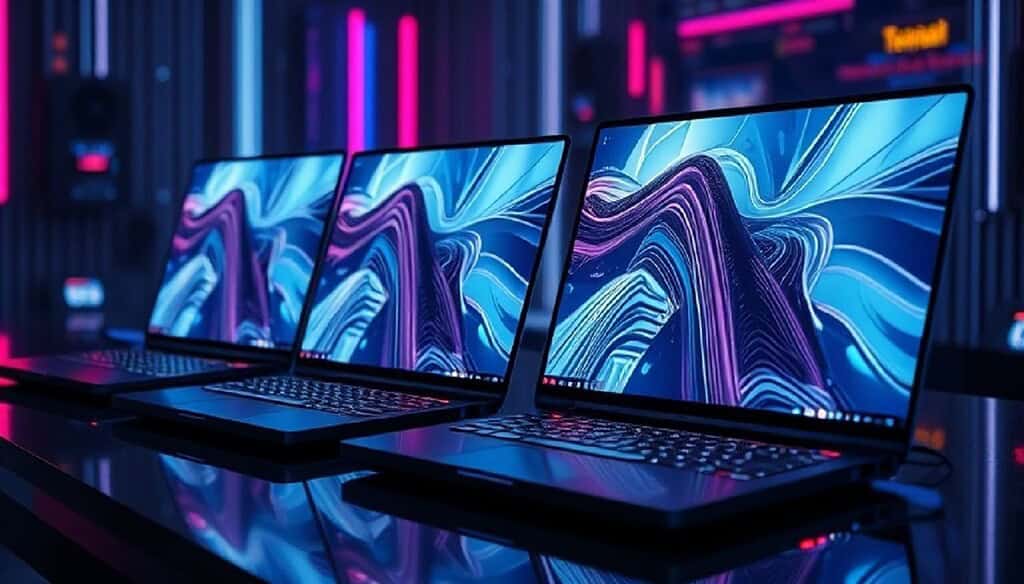
Laptops connect the strength of desktop computers with the ease of mobility. These portable workstations enable productivity anywhere while maintaining the processing capability needed for demanding tasks. Whether crafting presentations, editing videos, or coding applications, laptops provide the performance and flexibility modern work demands.
Human-Computer Interaction principles illuminate why laptops succeeded where other portable computers failed. The clamshell design protects the screen while providing a full-sized keyboard and trackpad. This physical interface feels familiar to anyone who has used a desktop computer, reducing the learning curve significantly.
The balance between screen size, keyboard comfort, and portability creates what usability experts call the “sweet spot” of mobile computing. Too small, and productivity suffers. Too large, and portability disappears. Laptops have achieved an optimal balance for the majority of users’ requirements.
Table 3: Laptop Performance and Usage Statistics
| Category | Specification Range | Impact on User Experience |
|---|---|---|
| Screen Sizes | 11″ to 17″ diagonal | Balances portability with visibility |
| Battery Life | 8-20 hours typical | Enables full-day productivity |
| Weight Range | 2-8 pounds | Determines portability comfort |
| Processing Power | Multi-core CPUs standard | Handles demanding creative tasks |
Interface design continues evolving to enhance the laptop experience. High-resolution displays reduce eye strain during long work sessions. Backlit keyboards enable productive work in dim environments. Precision trackpads with gesture support provide intuitive navigation. These adjustments may appear insignificant on their own, yet collectively they contribute to a cohesive user experience.
The increasing prevalence of remote work has further enhanced the significance of laptops. Video conferencing, cloud-based collaboration, and digital workflows all depend on the laptop’s unique combination of power and portability. This trend has pushed manufacturers to prioritize webcam quality, microphone clarity, and wireless connectivity alongside traditional performance metrics.
Modern laptops also demonstrate how smart features enhance traditional computing. Automatic brightness adjustment, intelligent cooling systems, and adaptive performance management work behind the scenes to optimize the user experience. These invisible improvements make laptops more pleasant to use without requiring any user intervention.
3. Tablet – The Versatile Smart Device for Media and Art
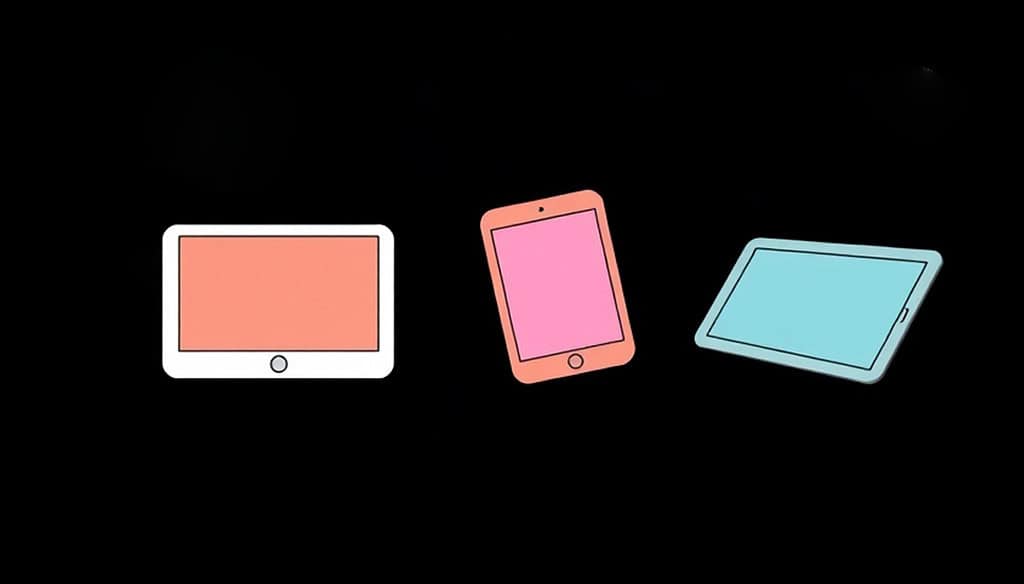
Tablets hold a distinctive role within the ecosystem of smart devices. They offer larger screens than smartphones while maintaining greater portability than laptops. This positioning makes them ideal for activities that benefit from screen real estate but don’t require traditional keyboard input.
The Technology Acceptance Model helps explain tablet adoption patterns. Users embrace tablets when they perceive clear usefulness and find them easy to operate. Reading digital books, watching videos, browsing websites, and creating digital art all benefit from the tablet’s large touchscreen interface.
Touch-first interaction design sets tablets apart from both smartphones and laptops. The direct manipulation of content through gestures feels more natural for many tasks than using a mouse or trackpad. Drawing applications, in particular, leverage this direct connection between hand and screen to create intuitive creative experiences.
Table 4: Tablet Usage and Feature Comparison
| Primary Use Case | Percentage of Users | Key Enabling Features |
|---|---|---|
| Media Consumption | 78% | Large, high-resolution displays |
| Reading | 65% | Adjustable text size and brightness |
| Digital Art/Note-taking | 45% | Pressure-sensitive stylus support |
| Casual Gaming | 58% | Touch-optimized game controls |
The perceived usefulness of tablets varies significantly by user type. Students appreciate them for textbooks and note-taking. Artists value the direct drawing experience. Travelers enjoy their entertainment capabilities and long battery life. Business users leverage them for presentations and client interactions.
Ease of use remains a tablet strength. The simplified interface reduces complexity compared to traditional computers while providing more screen space than smartphones. This makes tablets particularly appealing to users who want computing capability without technical complexity.
Tablets also demonstrate how form factor influences application design. Developers create tablet-specific interfaces that take advantage of the larger screen and touch input. Split-screen multitasking, drag-and-drop file management, and gesture-based navigation all emerged from the tablet’s unique characteristics.
4. Smartwatch – The Smart Device on Your Wrist

Smartwatches represent the successful miniaturization of smartphone functionality onto a wearable platform. These wrist-mounted computers track health metrics, deliver notifications, and provide quick access to essential information without requiring users to pull out their phones.
The Technology Adoption Life Cycle distinctly illustrates the evolution of smartwatches. Early models were expensive curiosities with limited functionality. As battery life improved, health sensors became more accurate, and prices decreased, mainstream adoption accelerated. Today, smartwatches have moved from niche gadgets to essential accessories for many users.
Health consciousness drives much of the smartwatch appeal. Built-in sensors monitor heart rate, track steps, measure sleep quality, and even detect irregular heart rhythms. This constant health monitoring provides valuable insights that help users make better lifestyle choices.
Table 5: Smartwatch Market and User Demographics
| Metric | Current Statistics | Growth Trends |
|---|---|---|
| Global Users 2024 | 225 million users | Steady growth expected |
| Global Market Value | $143.19 billion by 2032 | 15.6% CAGR 2024-2032 |
| Smartphone Owner Adoption | 38% now use smartwatches | Highest among 18-34 age group |
| Gender Distribution | Higher female adoption rate | Women show stronger interest |
The wrist location provides unique advantages for a computing device. Always accessible, constantly worn, and positioned to monitor vital signs, smartwatches create intimate connections between users and their technology. This intimacy enables new types of interactions and data collection.
Voice interfaces work particularly well on smartwatches. Speaking to your wrist feels more natural than talking to a phone, and the hands-free operation proves especially valuable during exercise or while driving. Digital assistants integrated into smartwatches can set reminders, answer questions, and control other smart devices.
The smartwatch ecosystem continues expanding as developers discover new applications for wrist-worn computing. Payment processing, access control, fitness coaching, and medical monitoring all benefit from the always-available nature of wearable devices.
5. Fitness Tracker – The Health-Focused Smart Device

Fitness trackers specialize in health and wellness monitoring. These dedicated smart devices excel at tracking physical activity, sleep patterns, and basic health metrics. Their focused functionality and extended battery life appeal to users who want health insights without smartphone-level complexity.
The Diffusion of Innovations Theory explains the fitness tracker phenomenon. Clear, measurable health benefits drive adoption among users who might otherwise resist new technology. When people see concrete improvements in their fitness levels or sleep quality, word-of-mouth recommendations follow naturally.
Step counting serves as the gateway drug to fitness tracking. This simple, understandable metric provides immediate feedback on daily activity levels. Users often become motivated to reach daily step goals, creating positive behavior changes that extend beyond the device itself.
Table 6: Fitness Tracker Health Impact and Features
| Health Metric | Tracking Accuracy | User Behavior Impact |
|---|---|---|
| Daily Steps | 95%+ accuracy | Increases daily activity 12-15% |
| Heart Rate | 90%+ during activity | Improves workout intensity awareness |
| Sleep Quality | 85%+ sleep stage detection | Encourages better sleep hygiene |
| Calories Burned | 80%+ during cardio | Supports weight management goals |
The social aspects of fitness tracking create powerful motivational tools. Sharing achievements, competing in challenges, and receiving encouragement from friends transforms solitary exercise into community activities. These social features often prove more effective than the devices’ technical capabilities at driving long-term behavior change.
Fitness trackers demonstrate how focused design can compete with more complex devices. By doing fewer things exceptionally well, they often provide better user experiences than multi-purpose alternatives. Week-long battery life, waterproof construction, and simplified interfaces make fitness trackers reliable partners for active lifestyles.
Medical professionals increasingly recognize fitness tracker value for patient monitoring and preventive care. The continuous data collection provides insights into patient health patterns that occasional doctor visits cannot capture. This shift toward preventive, data-driven healthcare represents a significant evolution in medical practice.
6. Smart TV – The Entertainment Smart Device
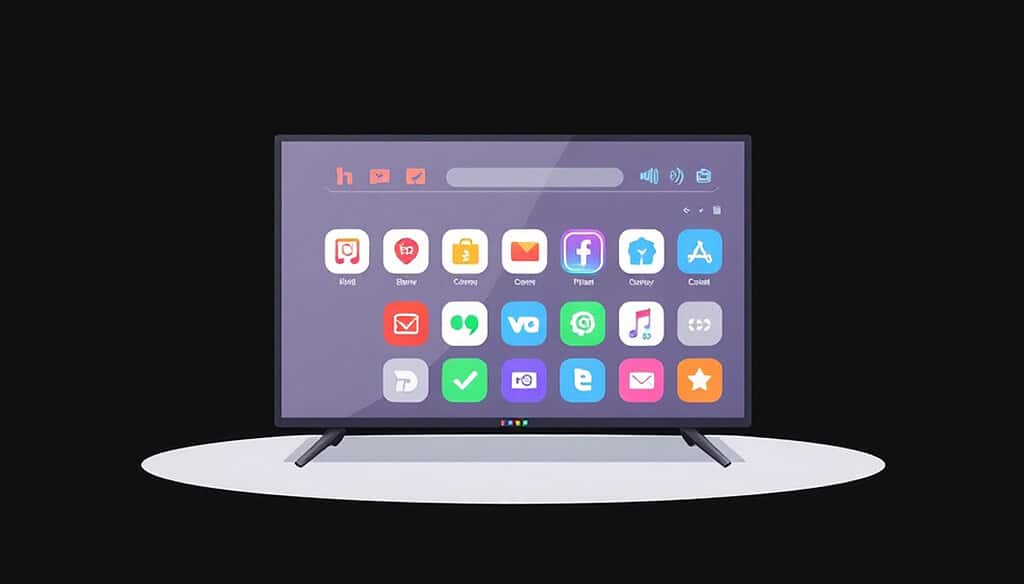
Smart TVs transform traditional television into interactive entertainment hubs. Built-in internet connectivity, streaming service integration, and app ecosystems eliminate the need for separate streaming devices while providing access to virtually unlimited content libraries.
Internet of Things integration concepts show how smart TVs connect with other smart devices. Voice commands can adjust lighting for movie watching, smart speakers can control TV functions, and mobile devices can serve as remote controls. This interconnectedness creates seamless home entertainment experiences.
The shift from scheduled broadcasting to on-demand streaming fundamentally changes how we consume visual content. Smart TVs facilitate this transformation by making streaming services as accessible as traditional channels. The interface design evolution from channel surfing to content browsing reflects this deeper change in media consumption patterns.
Table 7: Smart TV Features and Streaming Integration
| Feature Category | Capability Range | User Experience Impact |
|---|---|---|
| Screen Resolutions | 1080p to 8K | Enhanced visual clarity |
| Streaming Services | 10-50+ built-in apps | Eliminates external devices |
| Voice Control | Multi-language support | Hands-free navigation |
| Gaming Integration | Cloud gaming capable | Console-free gaming option |
Content discovery becomes crucial when users have access to thousands of movies and shows. Smart TV recommendation engines analyze viewing history, suggest similar content, and highlight trending materials. These algorithmic curators help users navigate overwhelming content libraries.
The large screen format influences how applications are designed for smart TVs. Text must be readable from across the room, navigation needs to work with simple remote controls, and interfaces should minimize complexity. These constraints drive innovation in user experience design.
Smart TVs also serve as central hubs for home entertainment systems. Sound bars, gaming consoles, streaming sticks, and other devices connect through the TV, creating unified entertainment centers. This hub role makes the smart TV selection increasingly important for overall home media experiences.
7. Smart Speaker – The Voice-Activated Smart Device
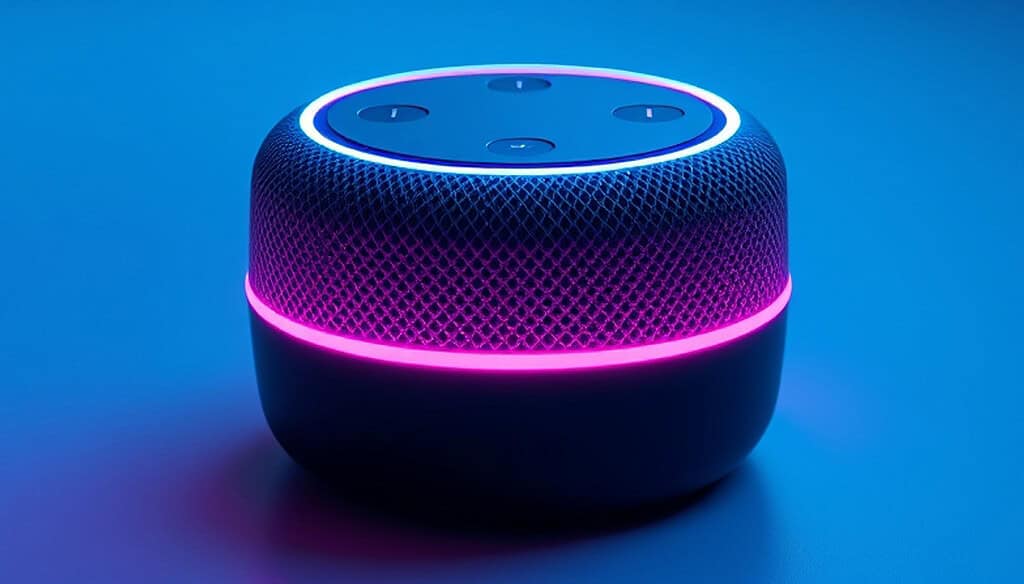
Smart speakers represent the emergence of voice as a primary computing interface. These smart devices, which are always listening, react to verbal commands, provide answers to inquiries, play music, and manage other smart home devices. The hands-free interaction model opens computing to new contexts and user groups.
Human-Computer Interaction design for voice interfaces requires different approaches than visual interfaces. Without screens to display information, smart speakers must communicate entirely through sound. This constraint drives innovation in conversational interface design and natural language processing.
The Internet of Things connectivity benefits become apparent when smart speakers control multiple home devices. A single voice command can adjust lights, change thermostat settings, start music, and lock doors simultaneously. This orchestration of multiple systems through voice creates powerful convenience for users.
Table 8: Smart Speaker Capabilities and Integration Features
| Function Category | Capability Examples | Integration Benefits |
|---|---|---|
| Music Streaming | 50+ music services | Universal music access |
| Smart Home Control | 10,000+ compatible devices | Centralized voice control |
| Information Queries | Real-time data access | Hands-free information |
| Communication | Calling and messaging | Voice-activated contact |
Voice interfaces excel in specific contexts where hands or eyes are otherwise occupied. Cooking, exercising, driving, and caring for children all benefit from hands-free device interaction. Smart speakers make computing accessible during these previously excluded activities.
The always-listening nature of smart speakers enables proactive assistance. Detecting smoke alarms, recognizing calls for help, or identifying unusual sounds can trigger appropriate responses. This ambient computing approach represents a significant evolution from reactive, user-initiated interactions.
Privacy concerns around always-listening devices have driven improvements in local processing and user control. Modern smart speakers can perform many functions without sending audio to remote servers, addressing user concerns while maintaining functionality.
8. E-Reader – The Smart Device for Book Lovers
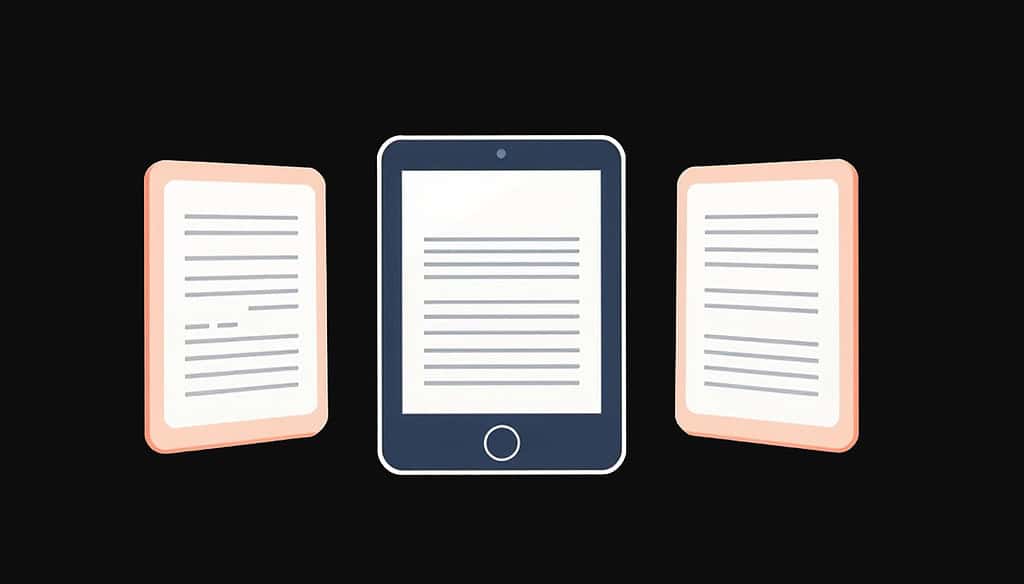
E-readers optimize the digital reading experience through specialized hardware and software design. E-ink displays reduce eye strain during extended reading sessions while providing paper-like text clarity. Long battery life and lightweight construction make e-readers ideal for avid readers.
The Technology Acceptance Model explains e-reader adoption through perceived usefulness and ease of use. Users value the ability to carry thousands of books in a single device, adjust text size for comfort, and access new titles instantly. These clear benefits drive adoption despite the transition from physical to digital books.
Convenience factors often prove more compelling than cost savings for e-reader users. Instant book delivery, adjustable text size, built-in dictionaries, and note-taking capabilities enhance the reading experience in ways physical books cannot match. These features particularly benefit users with visual challenges or learning disabilities.
Table 9: E-Reader Features and Reading Experience Benefits
| Feature | Technical Specification | Reading Experience Benefit |
|---|---|---|
| E-ink Display | No backlight, paper-like | Reduces eye strain significantly |
| Battery Life | Weeks of typical use | Uninterrupted reading sessions |
| Book Storage | 1,000-10,000+ titles | Eliminates physical book storage |
| Text Customization | Size, font, spacing options | Accommodates visual preferences |
The specialized nature of e-readers demonstrates how focused devices can outperform general-purpose alternatives for specific tasks. While tablets and smartphones can display books, e-readers provide superior reading experiences through optimized hardware and software design.
Social features built into e-reading platforms create book lover communities. Sharing quotes, comparing reading progress, and receiving recommendations from friends add social dimensions to traditionally solitary activities. These features often prove more engaging than the reading analytics themselves.
E-readers provide accessibility features that physical books are unable to offer. Text-to-speech capabilities, adjustable contrast, and font size controls help users with various disabilities enjoy literature. This democratization of reading access represents one of digital technology’s most meaningful contributions.
Conclusion: How Every Smart Device Can Brighten Your Life
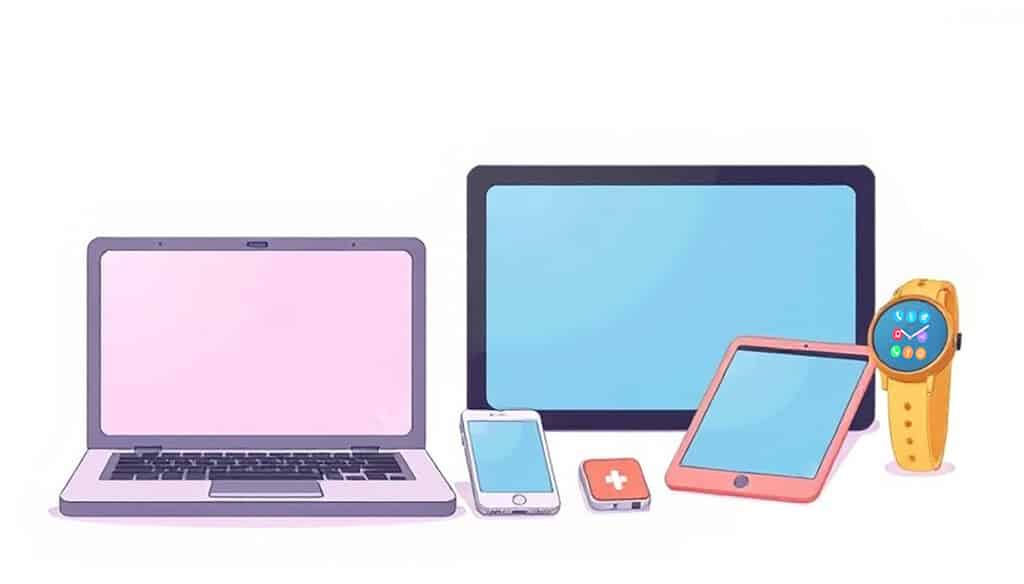
These eight smart devices collectively transform daily life through convenience, creativity, entertainment, and health improvements. Each device excels in specific areas while contributing to an interconnected ecosystem that anticipates needs and simplifies complex tasks.
The true power emerges when these devices work together. Smartwatches notify you of calls while you exercise. Smart TVs display photos from your smartphone. Fitness trackers sync with apps on your laptop. This integration creates experiences greater than the sum of individual devices.
The evolution continues as artificial intelligence, improved sensors, and faster connectivity enable new capabilities. Voice interfaces become more conversational, health monitoring grows more sophisticated, and device integration becomes seamless.
Table 10: Smart Device Collective Impact on Daily Life
| Life Category | Primary Devices | Key Improvements |
|---|---|---|
| Work Productivity | Smartphone, Laptop, Tablet | Remote work capability, creative tools |
| Health & Wellness | Smartwatch, Fitness Tracker | Continuous monitoring, behavior insights |
| Entertainment | Smart TV, Smart Speaker, E-Reader | On-demand content, voice control |
| Communication | Smartphone, Smart Speaker | Instant global connectivity |
Smart devices represent humanity’s ongoing relationship with technology. We create tools that serve us, which in turn shape how we live, work, and connect with others. This circular relationship drives continuous innovation as our needs evolve and technology capabilities expand.
The future promises even greater integration and intelligence. These devices will anticipate needs more accurately, communicate more naturally, and integrate more seamlessly into daily routines. The boundary between human intention and technological capability continues blurring in ways that enhance rather than replace human experiences.
Looking ahead, the smart device revolution shows no signs of slowing. New categories emerge regularly while existing devices grow more capable and affordable. This democratization of advanced technology ensures that smart devices will continue brightening lives across all demographics and economic levels.
The choice facing consumers today isn’t whether to embrace smart devices, but rather which devices best serve their individual needs and preferences. Each person’s optimal mix of smart devices depends on their lifestyle, priorities, and comfort with technology. The beautiful thing about this ecosystem is that there’s truly something for everyone.

